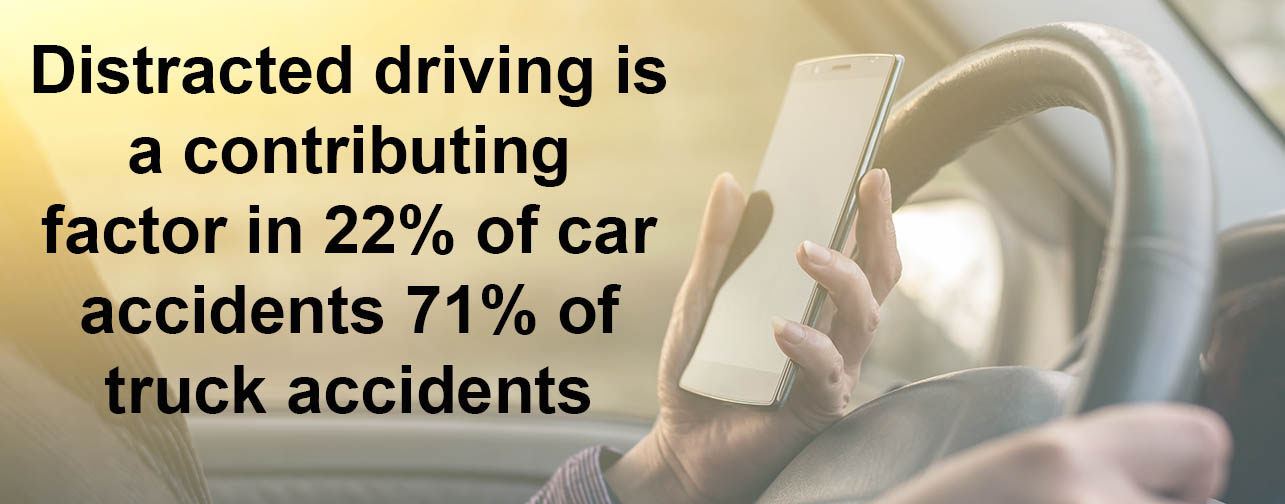Learning Zone
The importance of tracking fleet accident statistics
Improve your fleet operations by tracking vehicle accident statistics
The results can be utilised to understand areas of concern and help develop methods of improving safety
According to reports, around 30% of registered motor vehicles in Australia are work-related vehicles, with an estimated 33% of work-related fatalities occurring while driving.
Similarly, a Monash University study found that more than three-quarters of work-related deaths int truck drivers were due to vehicle crashes.
What is the cost to fleets?
For fleets, that significant risk to employees who drive for their jobs is compounded by the high cost of fleet vehicle accidents. Among the most expensive claims for businesses, the average cost of a loss related to a fleet vehicle accident can be as much as twice the cost of an average workplace injury.
And, along with vehicle and other property damage, such crashes cause a loss of productivity and revenue, expose a company to liability claims when their employee is at fault, and for self-insured operations have direct costs.
Implementing driver safety programs
Concern for company personnel and other motorists, liability exposure and accident-related costs all drive up the need for more focused safety efforts among fleets. By taking proactive steps to reduce incidents among their mobile work forces, companies that are working on finding ways to avoid preventable accidents are employing several programs and approaches that do work.
Accident rates have been known to reduce after drivers have been through advanced driver training courses.
Measures that a fleet manager can take are a combination of programs, policies and technology including:
- Implementing training.
This is to promote safe driving behaviors and address issues such as speeding and hard braking. Driver training programs can also be used to counter negligence claims made during accident litigation.
- Adopting vehicle safety technologies.
These include optional systems for an additional cost. Currently, vehicle manufacturers are making safety technology previously found only on upscale models available on typical fleet vehicles.
- Establishing and communicating written safety policies.
These need to set clear and consistent expectations that are backed by the enforcement of established consequences of non-compliance. One common policy, for example, covers the use of mobile devices whilst operating company owned, leased or personal vehicles on company business – distracted driving, such as mobile phone use, has been identified as a contributing factor in 22% of car accidents and a staggering 71% of truck accidents.

Using a comprehensive management solution
Approaches to management can be implemented and supported through an increased level of visibility into safety data on drivers by the employment of fleet accident management software. As part of a comprehensive fleet and asset enterprise management solution, such software helps ensure that driver policy meets with compliance requirements.
It can analyse potential risk by providing:
- Up-to-date, organized and easily accessible driver records in a central repository. A system of alerts and reminders can be created for pending, due or past due renewable deadlines.
- A fully auditable accident management package. This covers road risk policies, incident reporting, repair details for insurance claims and communications with third parties and other agencies.
Improving fleet safety may be complex, but it’s too costly to not be seen a key area of fleet management focus at all times.





